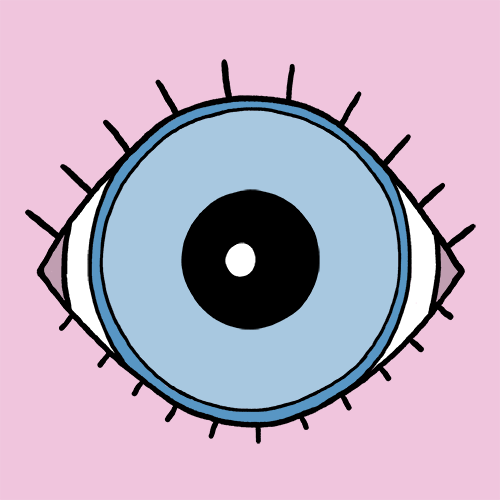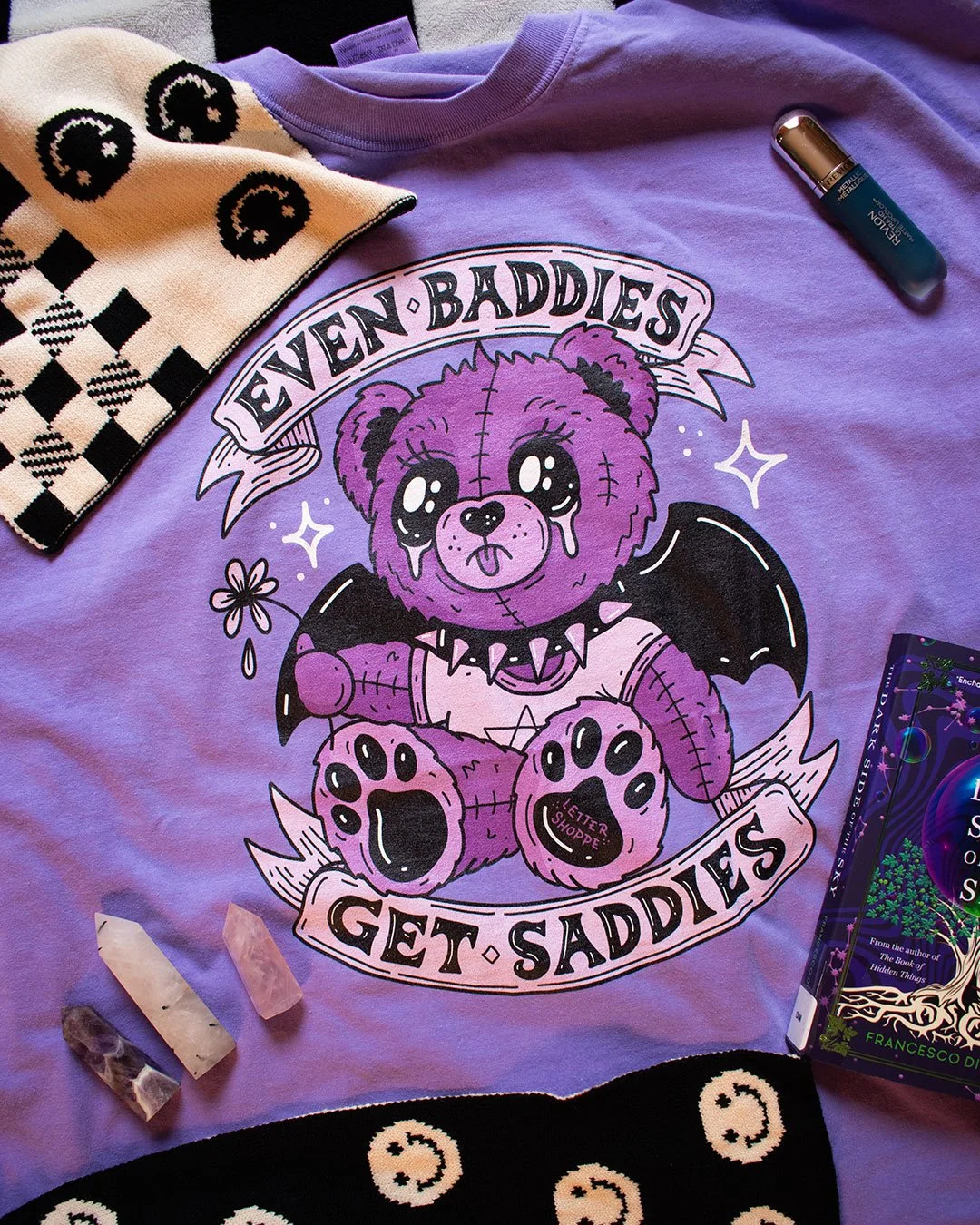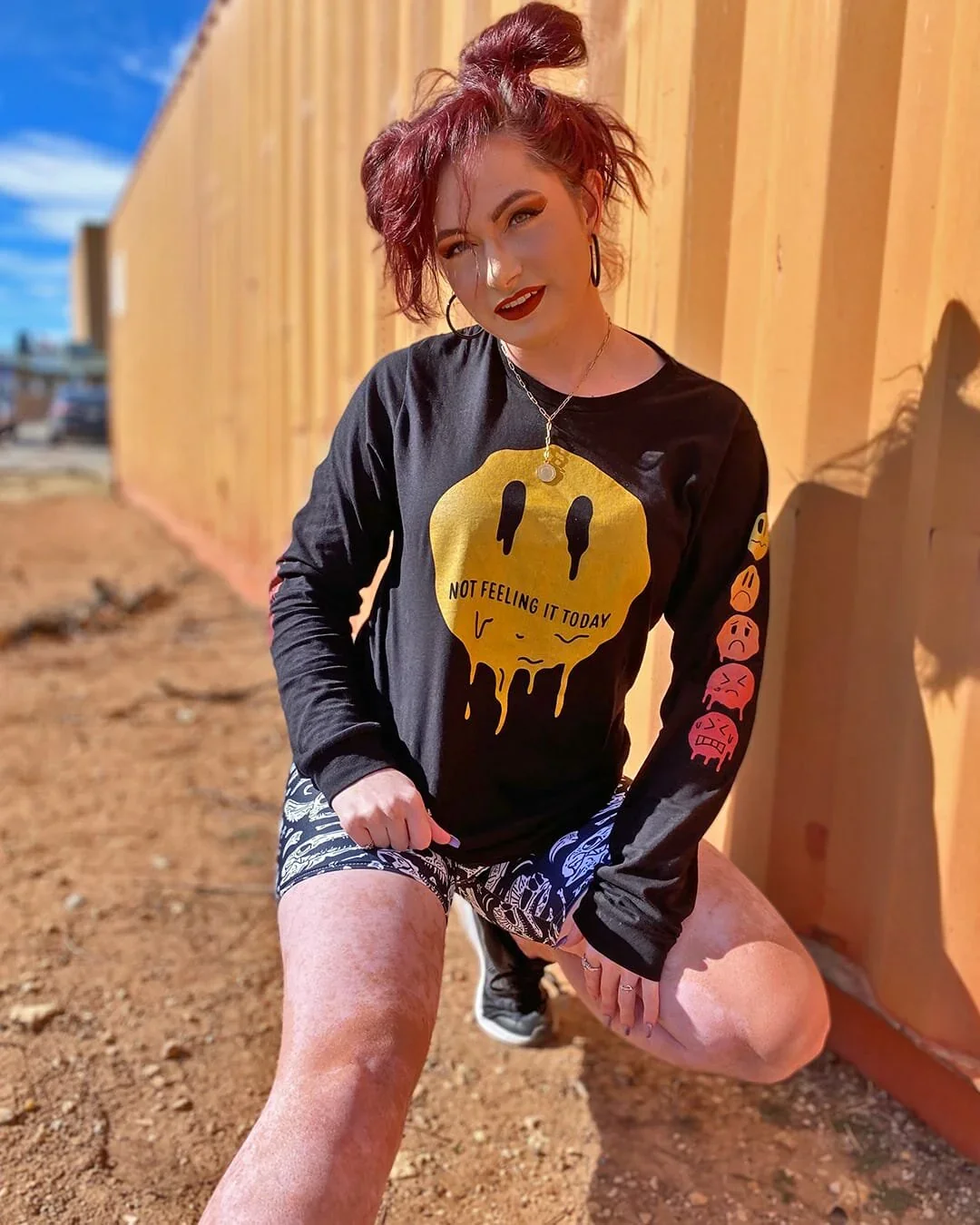What I Wish I Knew Before Selling My Art Online with Print-on-Demand
When I first started selling my art online, I made it way harder than it needed to be. I was hand-packaging orders, dealing with late-night DMs about shipping delays, and constantly running out of packing tape.
It wasn’t sustainable, and honestly, it made me resentful of doing the thing I loved most: making art.
Now? I use print-on-demand, and it’s the smartest decision I’ve ever made for my business.
After 13 years of experimenting with everything from freelance work to digital products and sponsorships, selling print-on-demand art is still my favorite way to get paid.
Because once the art is done?
I upload it.
People buy it.
Printful prints and ships it.
I don’t lift a finger.
FYI: This post isn’t sponsored by Printful… but I am using affiliate links. :)
In this post, I’m breaking down everything I wish someone had told me before I started, from mockups and content planning to email marketing and returns.
If you're thinking about launching your first art product (or want to make your current shop less chaotic), this is for you.
product photos matter
Listen, I know mockups can be convenient, but if you're just slapping your art on a random mockup you've seen a hundred other artists use, or use AI, people can tell. And they’re less likely to believe it's real or buy it.
For my personal art brand Letter Shoppe, I typically stick to two formats:
Option 1: Keep it simple.
Use clean mockups with your art on a plain background, a shirt, print, and sticker. Totally fine and easy to update weekly.Option 2: Go above and beyond.
Order a few samples and shoot some flat lays at home or have a friend model it for you. That lifestyle look helps people visualize your art in their space or on their body.
Me? I only order samples for the pieces I’m personally obsessed with, because I drop new art every week and don’t have time to do photo shoots for everything.
Your 7-Post Content Plan for Every Product
If you want people to actually buy your art, you have to repeat yourself…again and again. That’s not annoying. That’s smart marketing.
There’s a concept called the “Rule of Seven,” which says most people need to see a brand’s message at least seven times before they feel ready to buy. It’s rooted in a psychological principle called the “mere-exposure effect,” the more we see something, the more we trust it.
I’m not saying they need to see each product seven times, but they do need to see you, your work, your vibe, your story, and yes, sometimes your face, before they feel safe handing over their credit card info.
Here’s my go-to content breakdown:
Ask for feedback.
Post your sketch or color tests and ask, “Which version do you like?” or “Should this be a tee or a print?”Reveal the final piece.
Use a carousel post with close-ups, progress shots, or a text blurb about what it means to you.Unbox it.
Record yourself reacting to the product IRL. Be honest. People love seeing what it actually looks like.Style it.
Where do you put the sticker? What pants go with the tee? Show people how to live with it.
5–7. Repeat with variations.
Show the product in daily life, use different audio, or reuse your B-roll with text.
Pro Tip: The algorithm is chaotic. Most people won’t see your content more than once. You’re not spamming, you’re selling.
Don’t Forget Your Store Setup (Seriously)
If you’re using Printful, your products get made after someone places an order. That means no inventory, yay! But it also means you still need to cover your legal bases.
Here’s your checklist:
Store Policy Page
Privacy Policy + Terms of Use
Return/Refund Policy
You can usually find free templates for these with a quick Google search, or just steal mine at lettershoppe.com. Scroll to the footer to find them.
But what if the shirt doesn’t fit?
You’ve got choices:
Will you allow returns?
Will you resell returned items?
Will you just eat the cost?
What I do: at the end of the year, I take any returns (usually fewer than 20), group them by size, and sell them as surprise bundles at a discount.
But if your answer is “no” to all of the above? Just call it FINAL SALE and say that loud and clear on the product page. Whether it’s baked into the product description or added to your store template, just make sure it’s visible.
Pro tip: I add my Shipping, Return, and Exchange policy to my Shopify product page template so it updates across every listing automatically. You’ll see it highlighted in gold in my above screenshot.
And if something gets lost or damaged in transit? Printful usually replaces it for free. (Another reason I swear by them.)
How to Create Urgency (and Stop Making People Hunt for Your Products)
If your product’s always available, there’s no real reason to buy it right now.
That’s why you should limit your products in one of two ways:
By time: “Available for 2 weeks only”
By quantity: “Only 200 copies will ever exist”
Even if you bring it back later, that temporary scarcity drives way more clicks. (Plus, you can always remix the same design on a different product later.)
Now let’s talk layout.
Your homepage should match what you’re talking about on social media. If you just launched three new prints, those should be the first thing people see when they hit your site.
Here’s how to make it easy:
Set your homepage to act as a landing page
Add a section at the very top called “New This Week” or “Latest Drop”
Keep your most-hyped products at the top, no one should have to go digging
This one simple fix can dramatically improve your conversion rate, because people can’t buy what they can’t find.
Use Email to Sell Without Feeling Salesy
Want your product to actually move? You need an email list. Period.
But don’t just offer “10% off.” That’s boring and barely moves the needle.
Instead:
Give away something worth it, for me, that’s a free printable art pack
Offer a custom profile picture of your characters
Create exclusive wallpapers or behind-the-scenes content
When sending emails:
Don’t include too many images (spam filters hate them)
Instead, tease the art and make readers click to see it
Save image-heavy emails for sales and collection drops
Bonus points if you share extra stuff like:
What inspired the piece
What music you’re listening to
What your inner child is crying about this week
It builds trust and keeps people engaged.
💌 Need help setting up your email strategy? Book a coaching session with me here. I’ll help you build your funnel, plan your offers, and make art sales feel like second nature.
How to Price Your Art (and Still Make Money on Sale Days)
You should never be working for free.
My golden rule:
Double whatever it costs you to make.
If Printful charges you $15 to print and fulfill a tee, sell it for at least $30.
That way:
You make a 50% profit
You still make money if you run a sale
You don’t resent every single order
And remember: Since nothing gets made until it’s ordered, there’s no leftover inventory to eat your margins.
Why Print-on-Demand Still Wins (Even in 2025)
I’ve tried almost everything, client work, affiliate marketing, digital courses, but nothing has been more consistent than selling my own merch via Printful.
It’s easy to:
Connect to Shopify, Squarespace, Wix, or even Etsy + TikTok Shop
Create a product and attach a mockup
Let it handle the printing, packing, and shipping automatically
That means all I have to worry about is making art and marketing it. And honestly?
That’s all I want to be doing anyway.
Ready to rebuild your art business from the ground up?
My no-fluff roadmap for social media and building a business that doesn’t burn you out, whether you’ve had a business for years or you’re just getting started.






